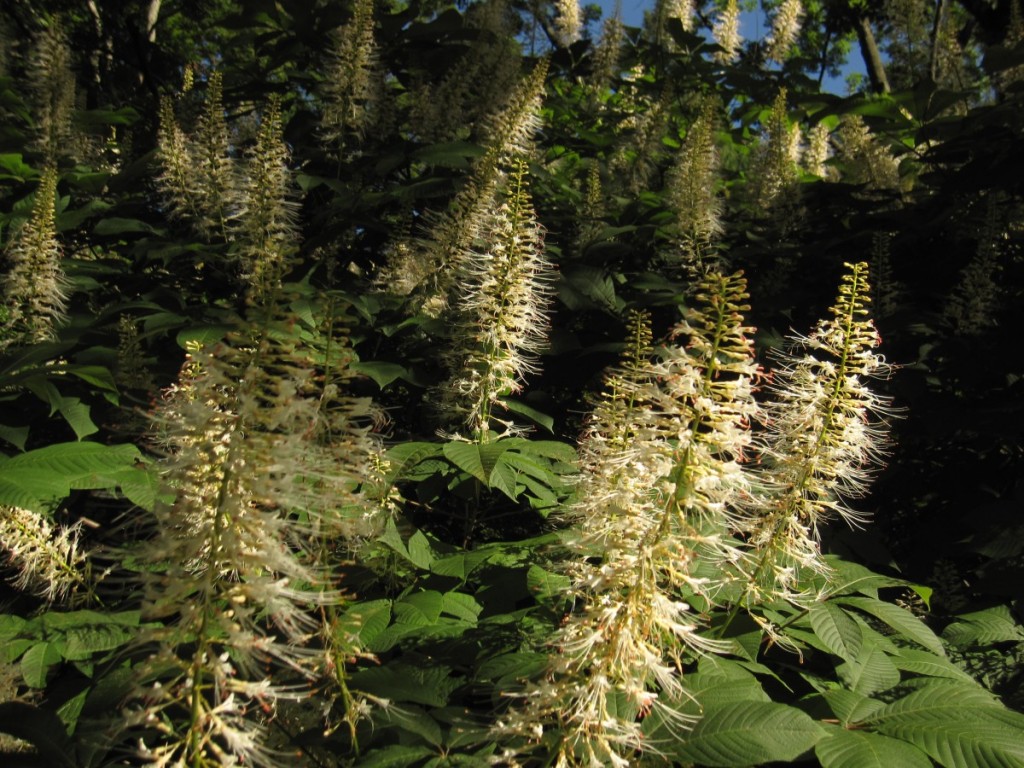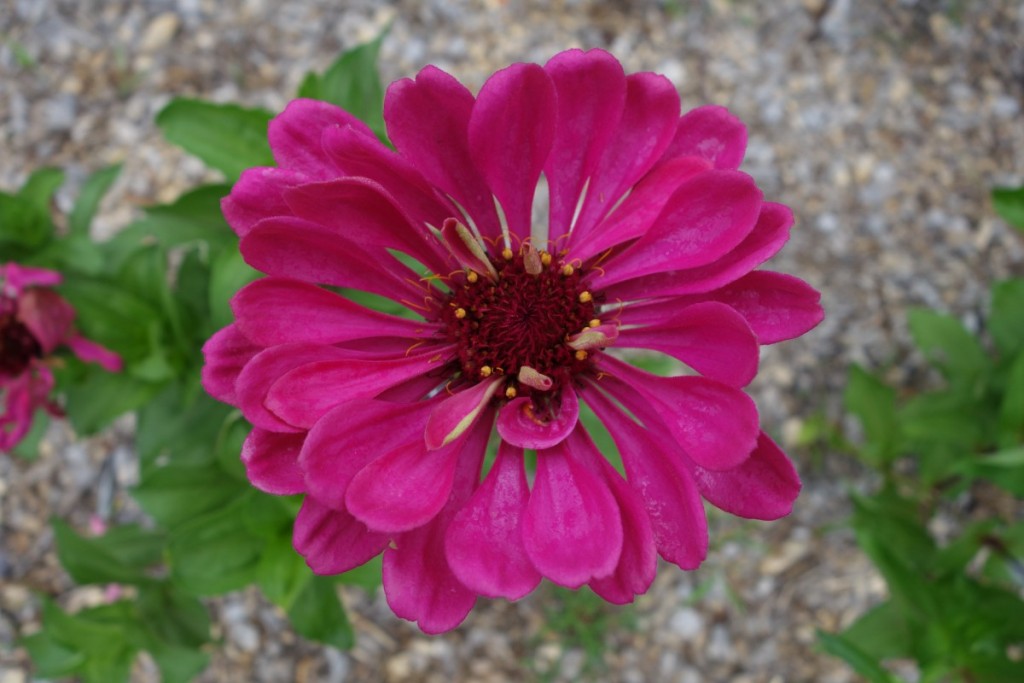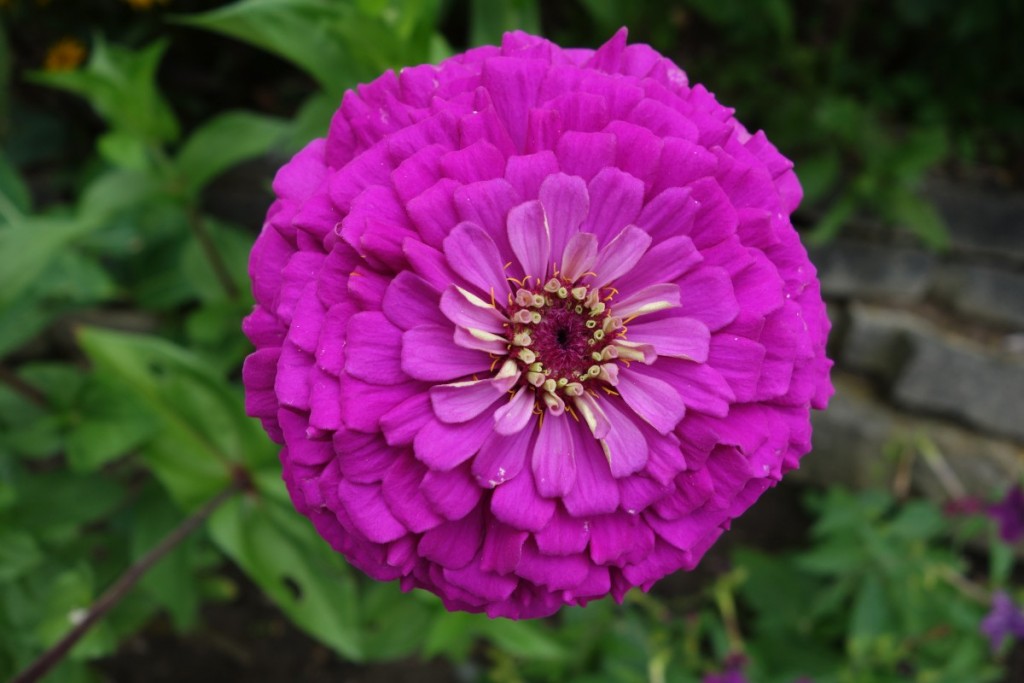Here in Michigan, spring is coming. Crocuses, snowdrops, and reticulata irises are in full bloom. Hepatica, forsythia, and daffodils will be coming on before long. Soon, garden centers and nurseries will be opening and gardeners driven mad by the long winter will rush out to buy every plant they can find with a flower on it. In the mad feed frenzy for flowers, we gardeners will sadly look over countless beautiful fall-flowering perennials and shrubs simply because they don’t happen to be doing their thing when we are shopping.
And that, my friend, is the tyranny of spring. We Northern gardeners all too often let our spring fever skew our gardens to all spring bloomers, totally ignoring and missing a vast array of gorgeous plants that give color and interest the rest of the year.
So, don’t give in. Try, for example, planting a bottle brush buckeye (Aseculus parviflora) a shrub which will thrill and delight with elegant white sprays of flowers in August when all the spring bloomers are looking tired and sad.
Or plant the lovely Hosta clausa which won’t impress with plain green leaves in the spring, but has a later summer flower display you won’t forget.
So this year, don’t give in to the siren song of spring. Add some late bloomers to the garden. You won’t regret it.
Joseph Tychonievich





